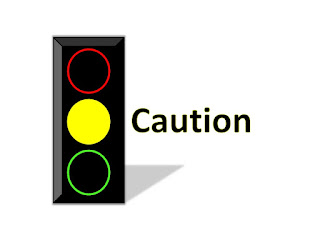Cyanos Activity April 27, 2021
Water is clean for recreation.
Disclaimer: The information presented below reflects conditions throughout the lake and may differ from conditions on specific shorelines. For information regarding beach closings please contact the Torrington Area Health District or local town officials.
On Tuesday, April 27th
, AER visited Bantam Lake to conduct monthly water quality
monitoring and biweekly Cyanobacteria monitoring as part of the ongoing lake management program. Water column profile data, total depth measurements, and Secchi
transparency data were collected from the North Bay Site (N 41.71087° W -73.21155°),
the Center Lake Site (N 41.70056° W -73.22102°), a site west of Folly Point (N 41.70773
W -73.22638), and at a site in the South Bay region of the lake (N 41.69015 W -
73.22728).
A plankton tow sample using a 10µm mesh plankton net was collected at the Center
Lake site. The concentrated plankton sample was transferred into a 25mL glass amber bottle and stored at 3°C. Approximately 1 liter of the top three meters of lake water
were integrated and collected for algae counts at both the North Bay and Center Lake
sites using a three-meter long sampling tube. These samples were preserved with
Lugol’s solution shortly after collection and stored at 3C.
A portion of the live phytoplankton net sample was carefully examined with microscopy on the same day it was collected to identify and list all algal genera prior to any
treatment or preservation. Afterwards, the net sample was preserved with Lugol’s Solution and stored. Measured volumes of the whole water samples from the North Bay
and Center Lake sites were treated with hydrostatic pressure to collapse gas vesicles
within cyanobacteria cells. Measured volumes were then concentrated with a centrifuge and a vacuum filtration system. Portion of the concentrates were transferred to a
counting chamber. Cells were identified to the genus level and enumerated by counting cells in a randomized portion of the counting chamber with an inverted Nikon Diaphot research microscope at a total magnification of 300X. Cell counts were then corrected to be representative of the whole water samples.
A total of 21 algal genera were observed between the net tow and concentrated whole
water samples. Seven of those were genera from the Bacillariophyta (aka Diatoms);
four genera of Cyanobacteria (aka Blue-green Algae) and Chrysophyta (aka Golden Algae) were identified; and three genera of Chlorophyta (aka Green Algae) were identified. Other taxonomic group were represented by one genus.
The Golden Algae, and in particular Uroglenopsis spp. (Fig. 1), was the most abundant
taxonomic group. Diatoms were codominant at the Center Lake site. Important Diatoms included Aulocoseria spp., Asterionella spp., Fragilaria spp., and Tabellaria spp.
(Fig. 2).
The Cyanobacteria comprised 24% and 13% of all cells counted at the North Bay and
Center Lake sites, respectively. The filamentous Aphanizomenon spp. was the most
abundant (Fig. 3). Cell concentration at the North Bay and Center Lake Sites were 1,116
and 714 cells/mL, respectively. Both concentrations were below the intervention
threshold of 20,000 cells/mL, and indicative of Visual Rank Category 1 (CT DPH & CT
DEEP 2019). Additional information on cyanobacteria is available at https://portal.ct.gov/DPH/Environmental-Health/Environmental-Health-Section/Blue-Green-Algae-Blooms.
The water column at all four sites was mixed with temperatures at all depths between
10.4 and 10.9°C (Table 1) Oxygen concentrations were >10mg/L at all depths with the
exception of the very bottom of the South Bay site where a concentration of 0.1 was
recorded. Secchi disk transparencies were generally good with a low of 2.54m measured at the South Bay site, and a high of 2.72m measured at the Center Lake site.
Literature Cited
Connecticut Department of Public Health and Connecticut Department of Energy and
Environmental Protection. 2019. Guidance to Local Health Departments for Blue–Green
Algae Blooms in Recreational Freshwaters. See https://portal.ct.gov/-/media/Departments-and-Agencies/DPH/dph/environmental_health/BEACH/Blue-Green-AlgaeBlooms_June2019_FINAL.pdf?la=en
Data is collected and analyzed by Aquatic Ecosystem Research who is contracted by Bantam Lake Protective Association.






